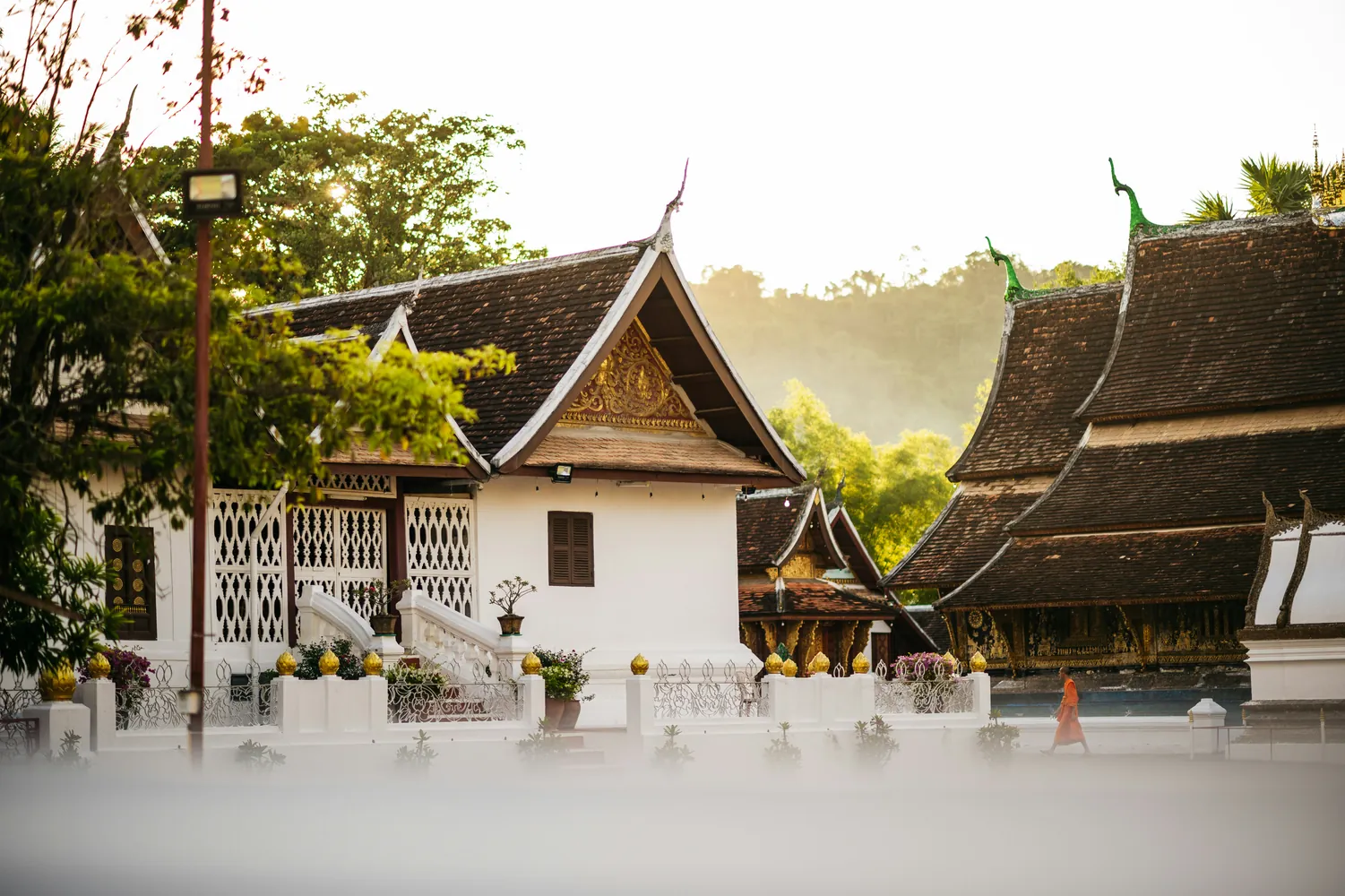Savoring Authentic Experiences Amongst Thailand's Northern Village Cultures

Discovering the Heart of Northern Thailand
Northern Thailand offers a tapestry of rich cultural experiences set against a backdrop of misty mountains and lush greenery. This region is a mosaic of ethnic groups, each with its unique traditions, dialects, and crafts. The true essence of Northern Thailand's charm lies in its villages, where age-old customs are preserved and passed down through generations.
Visiting Traditional Villages
One of the most rewarding aspects of traveling in Northern Thailand is visiting its traditional villages. From the famous Karen communities to the Hmong, Lahu, and Akha tribes, these villages provide a window into the diverse lifestyles and cultures that coexist in the region.
The Karen Villages
The Karen people, known for their distinctive attire and weaving skills, primarily inhabit the hilly regions of Chiang Mai and Mae Hong Son. Visitors can engage with the locals by participating in weaving workshops where they can learn to weave intricate patterns using traditional looms. These workshops not only offer a hands-on experience but also support local economies by promoting cultural heritage as a sustainable source of income.
It's important to visit these villages ethically. Opt for community-run homestays rather than commercial tours. Staying with a family provides deeper insight into daily life while contributing directly to the community's well-being. Engage with your hosts by sharing meals, helping in agricultural activities, or attending local festivals, which often involve music and dance unique to the Karen culture.
The Hmong Communities
The Hmong are known for their vibrant textiles and indigo-dyed clothing. In villages like Doi Pui near Chiang Mai, travelers can delve into the art of batik making—a technique involving wax-resistant dyeing. Many Hmong artisans are eager to share their skills with visitors interested in learning this age-old craft.
While visiting a Hmong village, make time to explore their elaborate New Year celebrations if your timing is right. These events are rich with traditional games, music, and food, offering a kaleidoscope of cultural immersion.
The Lahu and Akha Villages
The Lahu and Akha people predominantly reside in the mountainous regions of Chiang Rai. Both groups are known for their musical instruments, particularly string instruments like the Pi Na—a bamboo flute native to the Lahu. Engaging in music sessions provides a rare glimpse into how deeply music is intertwined with their social and spiritual life.
For those interested in agro-tourism, the Akha villages offer an excellent opportunity to learn about sustainable farming practices that have been maintained over centuries. Participate in tea-picking during the harvest season or learn about traditional herbal medicine.
Cultural Etiquette and Interaction Tips
When engaging with village cultures in Northern Thailand, it's vital to approach each community with respect and openness. Understanding cultural etiquette ensures meaningful interactions:
- Dress Modestly: Many villagers dress traditionally and appreciate visitors who show similar respect by dressing modestly.
- Learn Basic Phrases: Learning a few words in the local dialect can bridge cultural gaps and endear you to your hosts.
- Avoid Intrusion: Always ask for permission before taking photographs. Some communities may have specific beliefs around being photographed.
- Support Local Crafts: Purchasing handmade crafts directly from artisans helps preserve their cultural heritage and supports their livelihood.
The Role of Community Events
Community events are a cornerstone of social life in Northern Thai villages. From festivals celebrating the rice harvest to local markets bustling with activity, these events are prime opportunities for immersive experiences.
Festivals
The Yi Peng Lantern Festival in Chiang Mai is one such event where thousands gather to release lanterns into the sky, symbolizing the release of bad luck. Although Chiang Mai is not a village per se, many nearby villages partake in similar yet more intimate versions of this festival.
Local Markets
Markets like those found in Pai or Mae Sai provide a sensory overload with aromas of local delicacies like Khao Soi (curry noodles) or Sai Oua (Northern Thai sausage). Engaging with vendors often results in impromptu cooking lessons or stories about ingredients sourced from nearby farms.
Pros and Cons of Different Approaches
Travelers seeking authentic experiences face choices on how best to engage with local cultures:
Guided Tours vs. Independent Travel
- Guided Tours: These offer structured itineraries and logistical ease. However, they might limit genuine interactions as experiences could be curated primarily for tourists. Ideal for those who prefer less planning or are on a tight schedule.
- Independent Travel: Allows for spontaneous adventures and personalized interactions but requires more research and language skills. Best suited for travelers seeking deeper connections and flexibility.
Homestays vs. Hotels
- Homestays: Offer immersive experiences by living within a local family setting. While they might lack luxury amenities, they provide authenticity that hotels cannot match. Great for those wanting to contribute directly to local communities.
- Hotels: Provide comfort and predictability but often isolate travelers from the local culture. Suitable for those prioritizing comfort over cultural immersion.
Planning Your Visit
For those interested in exploring Northern Thailand's village cultures, here are some practical tips:
- Research potential villages and communities you wish to visit. Learn about their customs and festivals ahead of time.
- Consider travel times as some villages can be remote and require multiple modes of transport.
- Packing essentials: Bring gifts like school supplies for children, which are always appreciated.
Northern Thailand's villages offer unparalleled opportunities for cultural immersion. By engaging with these communities respectfully, travelers not only enrich their own lives but also contribute to the preservation of unique cultural heritages.
